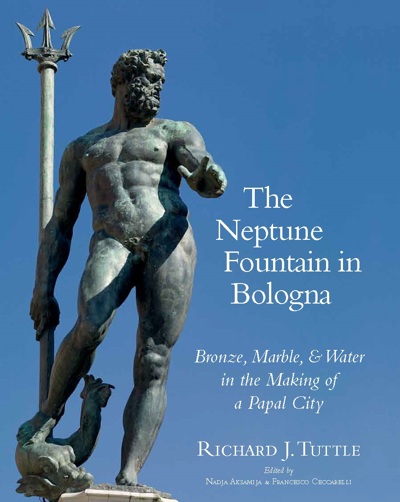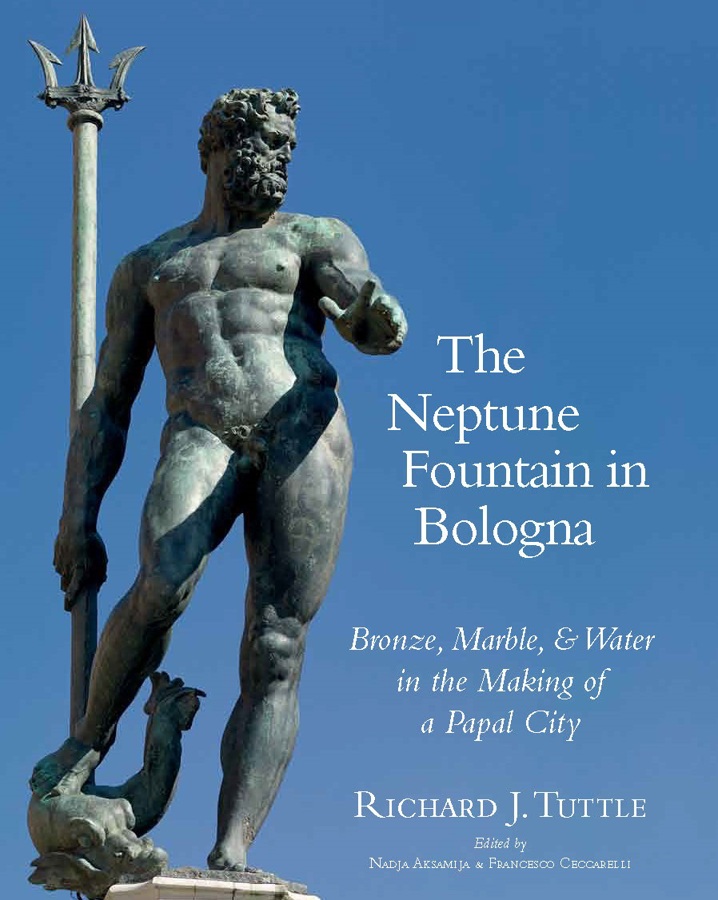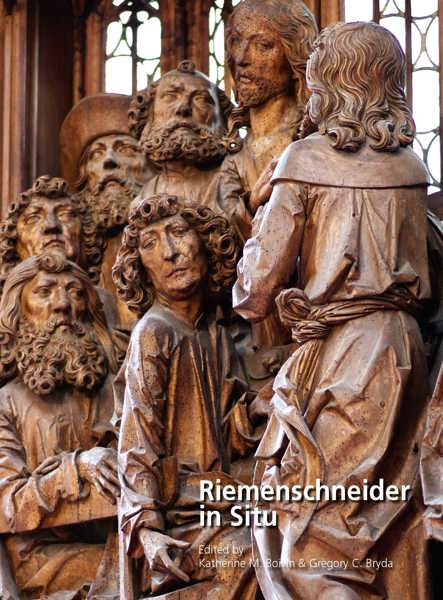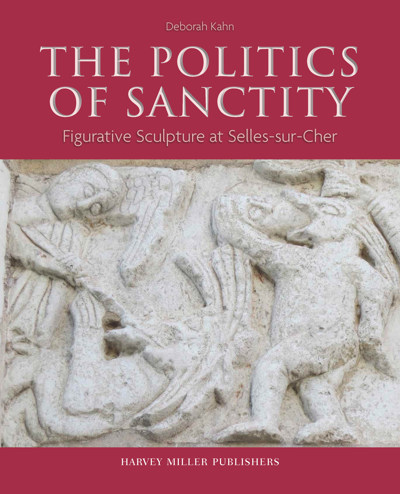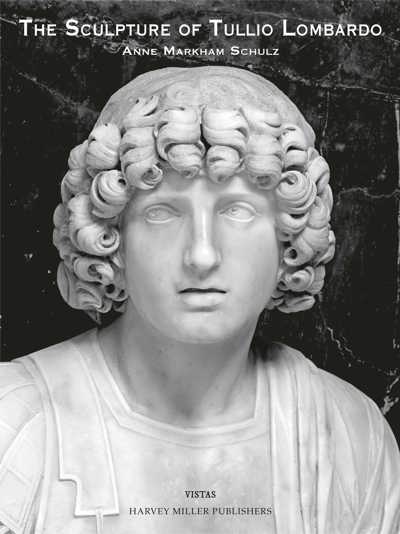
The Neptune Fountain in Bologna
Bronze, Marble, and Water in the Making of a Papal City
Richard J. Tuttle
- Pages: 248 p.
- Size:220 x 280 mm
- Illustrations:150 col.
- Language(s):English, Italian, Latin
- Publication Year:2015
- € 90,00 EXCL. VAT RETAIL PRICE
- ISBN: 978-1-909400-24-5
- Hardback
- Available
"Richard Tuttle devoted a lifetime to study of this superb monument, at the heart of his beloved Bologna. His wonderfully readable monograph is a fine memorial to this distinguished scholar, and an object lesson in why the very greatest works of art demand such profound and long-term engagement." (Jeremy Warren, in: The Art Newspaper, vol. 25, no. 272, October 2015, p. 86)
“Tuttle, a noted scholar of Renaissance Bologna, appears to have unearthed every scrap of archival material relating to the project, both visual and documentary. The book has been lovingly brought to press by his editors, with superb color photographs and an online image supplement. A book that raises the scholarship of the urban history of Bologna to an entirely new level. ” (D. Pincus, in Choice Connect, May 2016)
“Published posthumously, Richard Tuttle’s excellent analysis of Giambologna’s Neptune Fountain in Bologna is insightful, well written, and beautifully illustrated. Its focus on a single monument, examined in the context of its city, makes it a useful tool not just for historians of art and architecture, but also for students of urban history, engineering, and patronage.” (Judith W. Mann, in Historians of Netherlandish Art, 2016.09)
Richard J. Tuttle (1941–2009) taught Renaissance architectural history at Tulane University for thirty years (1977–2007), before moving to the University of Bologna’s Department of Architecture and Urban Planning in 2007. He was the author of numerous groundbreaking and award-winning studies on Renaissance architecture, sculpture, and urbanism, and was the world authority on sixteenth-century Bologna and the architect and theorist Jacopo Barozzi da Vignola.
Nadja Aksamija is Associate Professor of Art History at Wesleyan University. Her published and forthcoming books and articles have examined, among others, sixteenth-century villas and castles in Bologna and Dubrovnik, notions of sacred landscape in Counter- Reformation painting and emblematics, and the restoration of Renaissance architectural monuments in the nineteenth and twentieth centuries. She is the recipient of prestigious grants and fellowships from the Getty Foundation, the Kress Foundation, and the Villa I Tatti in Florence, among others.
Francesco Ceccarelli is Associate Professor of Architectural History at the University of Bologna. The focus of his research is the early modern and modern Italian city, from the Renaissance through Neoclassicism. He is the recipient of the Accademia Nazionale dei Lincei’s prestigious prize in History and History of Geography (2000) for his innovative research on the strategies of urban development in the Po valley during the Renaissance.
As a gateway to the central Piazza Maggiore and a work of singular beauty and elegance, the Neptune Fountain is one of Bologna’s most prized artistic gems, recognized by all but understood by very few. Richard Tuttle’s monograph represents the first comprehensive study of this iconic monument, executed between 1563 and 1567 by the Flemish artist Giambologna and the Sicilian architect Tomaso Laureti, that considers all of the complex aspects of its commission, planning, execution, iconography, and urban impact. Working with an extraordinary body of documentary and visual materials, Richard Tuttle (1941-2009)—one of the world’s foremost authorities on Renaissance Bologna—reveals how the fountain was created collaboratively by papal administrators and artists, how it depended on contemporary hydraulic technology, communicated political messages, and became an instrument of urban renewal. The book’s broad appeal, scholarly rigor, and eloquent writing promise to make it an indispensable source on Italian sixteenth-century sculpture, architecture and urban planning, as well as a definitive text on this remarkable Renaissance fountain.
Introductory Note (by Nadja Aksamija and Francesco Ceccarelli) – Foreword (by Michael W. Cole) – Abbreviations – Introduction
Pier Donato Cesi and his Artists at Work – Design by Collaboration: Tommaso Laureti and Giambologna – Strategies of Myth: Neptune, Mercury, and Hercules – Hydraulic Engineering and The Fontana Vecchia – The Creation of Piazza del Nettuno
Afterword (by Bruce Boucher) – Appendix of Documents – Bibliography – Image Credits – Index of Names
